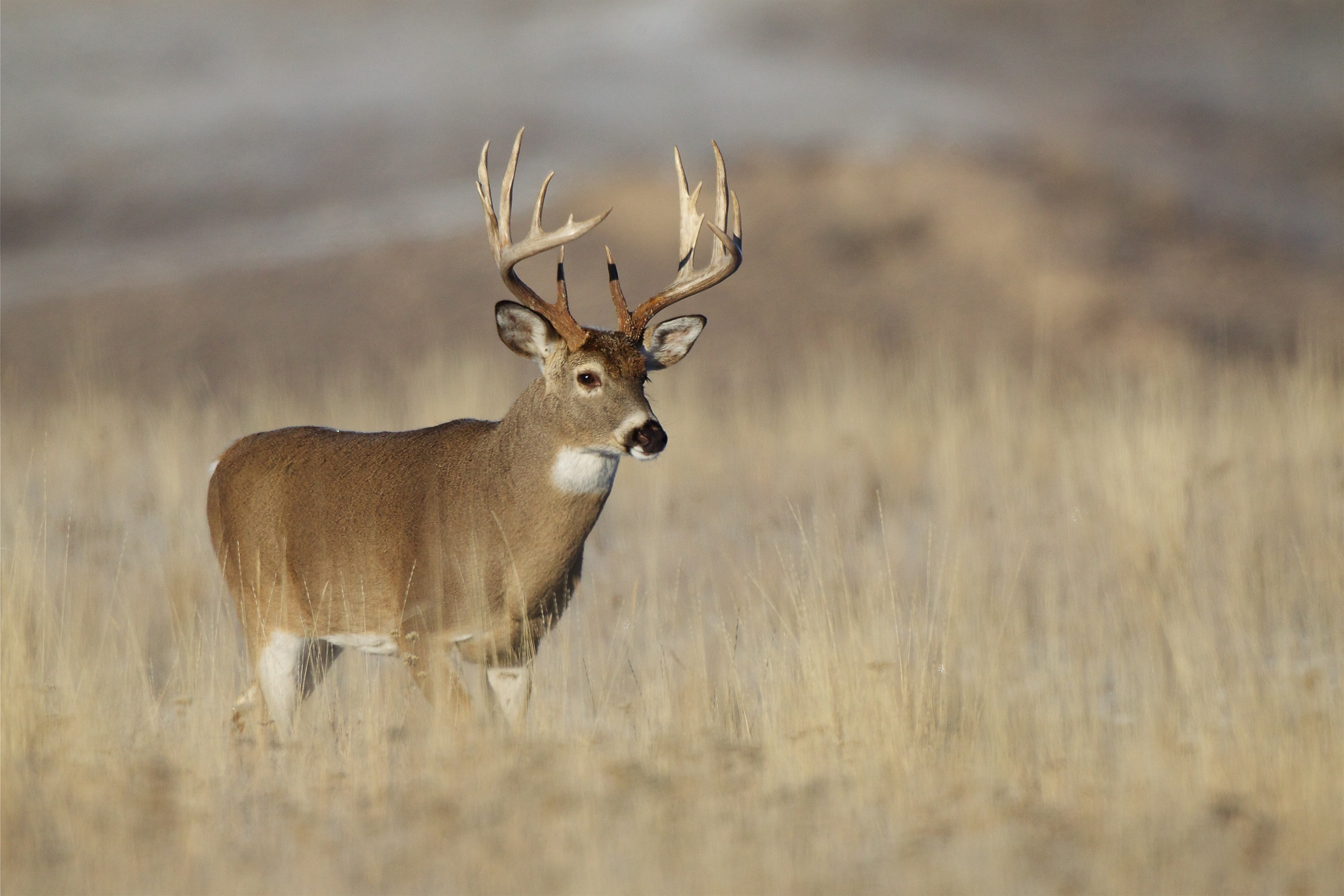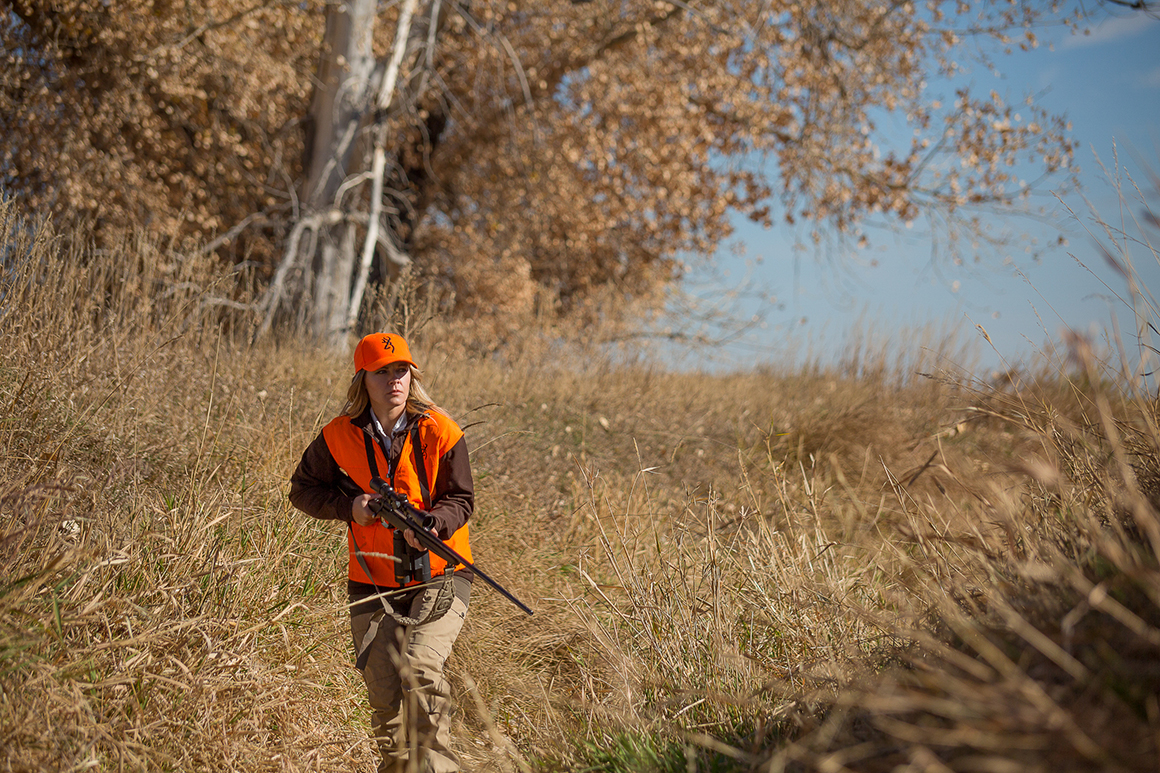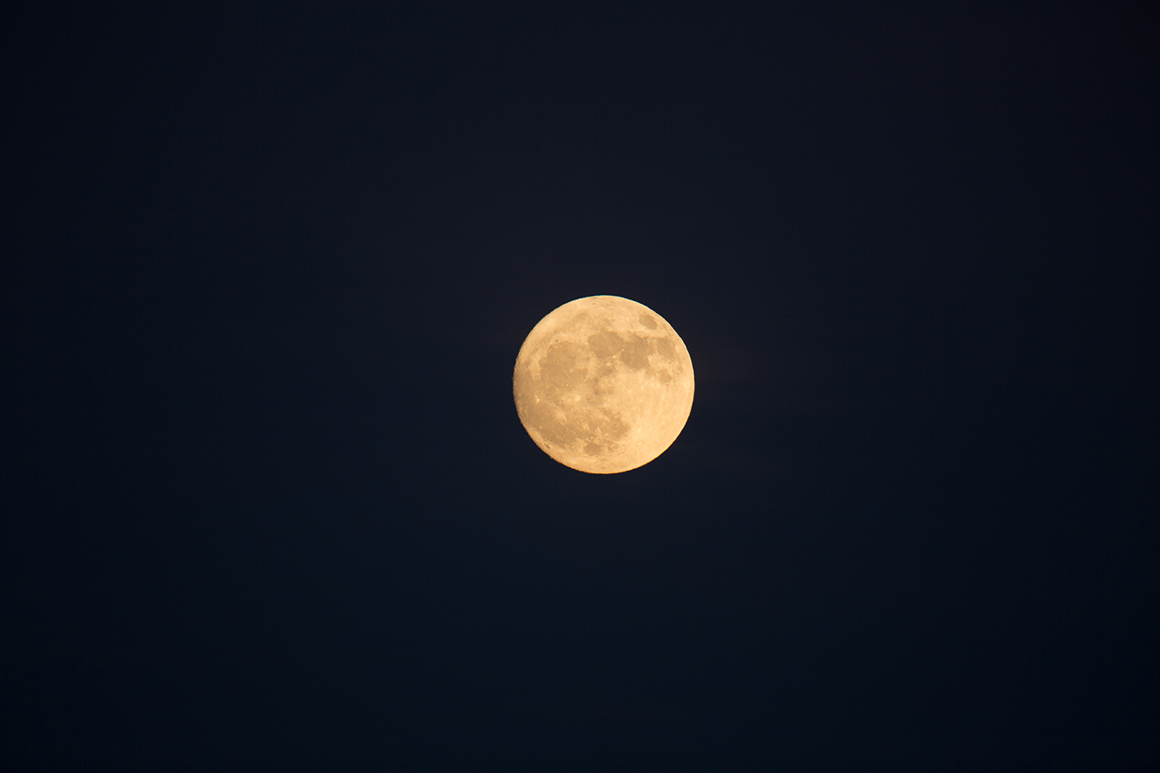Stuck in a Rut
One word is blunt, the other has the pleasing ring of science to it. That first word is “rut,” that breeding period for white-tailed deer when bucks are chasing does. The other word, with scientific bona fides, is “photoperiodism,” when organisms react to the seasonal change in the amount of daylight. For white-tailed deer in the northern hemisphere, the shortening fall days bring the does into estrus and receptivity to being bred; and the males, having shed their antler velvet, feel their testosterone levels rise. Their aggressive behavior, in different forms, toward both other males and toward females, increases. The lowering of the light begins earlier in the northern part of the deer’s range and shifts southward as the season extends. And this makes the rut.

The rut actually describes several periods during the late fall and into the winter, depending on latitude. If a doe is not bred the first time around, she will recycle in several weeks and again become receptive. It’s a sequence that can go on two or three times, until the does are bred or the bucks have to quit or die of starvation. And the rut has about as magical a pull on hunters as it has a psychological and physiological one on deer.
To paraphrase Dr. Hunter S. Thompson, writing about elk but as applicably to deer, the common belief is that a buck whitetail is a very crafty animal for about fifty weeks of the year; his senses are so sharp that only an artful stalker can get within a thousand yards of him, but when the rut comes on…you can fill in the rest. The number of weeks is variable; but many hunters hold to the folklore that come the rut, bucks are no harder to hunt than ducks in a shooting gallery. Well, no.
Rutting deer get aggressive, but hardly stupid. The cartoon image of them running all around with bulging eyes and lolling tongues is just that, a cartoon. Behaviors may become exaggerated, but they don’t change fundamentally. If you know the way deer act outside of the rut, they will act pretty much the same during it, with just enough differences to make things interesting. In other words, don’t suddenly jettison everything you know about hunting deer when the rut is on. Whitetail don’t forget their own lessons.
Whitetail bucks don’t go a’roving or turn into kings of the road, jumping freights, when the rut comes. They live and die in a relative few number of acres, and in the rut, that’s where they are going to stay. Think of buck habitat as a peanut jar. With the lid screwed on tight, you can shake the can and the nuts jump around, but they don’t fly out. Think of whitetail as peanuts, or macadamias, or whatever, and the jar their normal range. If they were there before the rut, they will most likely be there during it.
The most striking feature of the rut is the amount of energy bucks expend without eating enough to replace the calories burned. They lose significant bodyweight before they are done with trying to breed. Yet that does not mean a hunter should stop looking for bucks in food plots or other feeding areas.
Does do not lose their appetites, especially when they may be eating for two or three. They are going to go where the feed is, and the bucks will be behind them, not to join them for a meal but, literally, to cut to the chase. So don’t hesitate to put a stand up on, or to still-hunt the edges of, crop fields just because the bucks are fasting.

Whitetail hunters can get positively loony about the moon, ascribing to it all kinds of theories about how the phases control the rut. It ain’t the moon; it is the sun, period–as in photoperiodism. But the moon does seem to have some pull on rutting deer that hunters may want to take note of. During new moons, feeding activity–and again, of does and not bucks, but the bucks are still going to be around the does–will take place more during dawn and dusk, and in general rutting bucks will be more active early and late whatever the moon. Full moons, though, may also shift activity more toward midday; so if it was the Hunter’s Moon the night before, bring your lunch with you and stay out hunting past noon.

Thick cover can also be a good place to look for rutting bucks. The bucks are not really trying to shelter themselves, but mature does realize they are in for rough time if they stay out in the fields all day long. So they will brush up; and because of that, bucks will be drawn into cover to look for them.
Some think of scrapes and rubs as a field of dreams for rutting deer: If you find them, the bucks will come. Unquestionably, scrapes play a major role in whitetail behavior. Overall, they are how deer stamp their presence on an area. There is hardly an animal that does not use some form of advertising with glandular, urine, or droppings scents. Depending on hunting pressure, deer will visit scraps more often at night. So during hunting hours the advantage will come in watching the travel routes to and from the scrapes and rubs, and not necessarily the scrapes themselves.
Finally, there is attracting rutting bucks. Outrageous claims by scent makers have soured, so to speak, many hunters on them. And stories of calling or rattling in bucks seem like so much smoke and mirrors. However, rutting deer do react to various sorts of stimulation. At the right time and place, clashing antlers together could draw bucks in. And you may feel silly, carrying a bottle of urine in your pocket; but deer-urine-based scents could actually attract bucks. At worst they are worth a try.
Is the rut the very best time to hunt white-tailed deer? There is no really good answer to that. But it certainly is never a time to be overlooked.
Follow Browning Ammunition’s social media channels for more hunting and shooting tips and updates on Browning Ammunition supported events and promotions on Facebook, You Tube, Instagram and Twitter.



